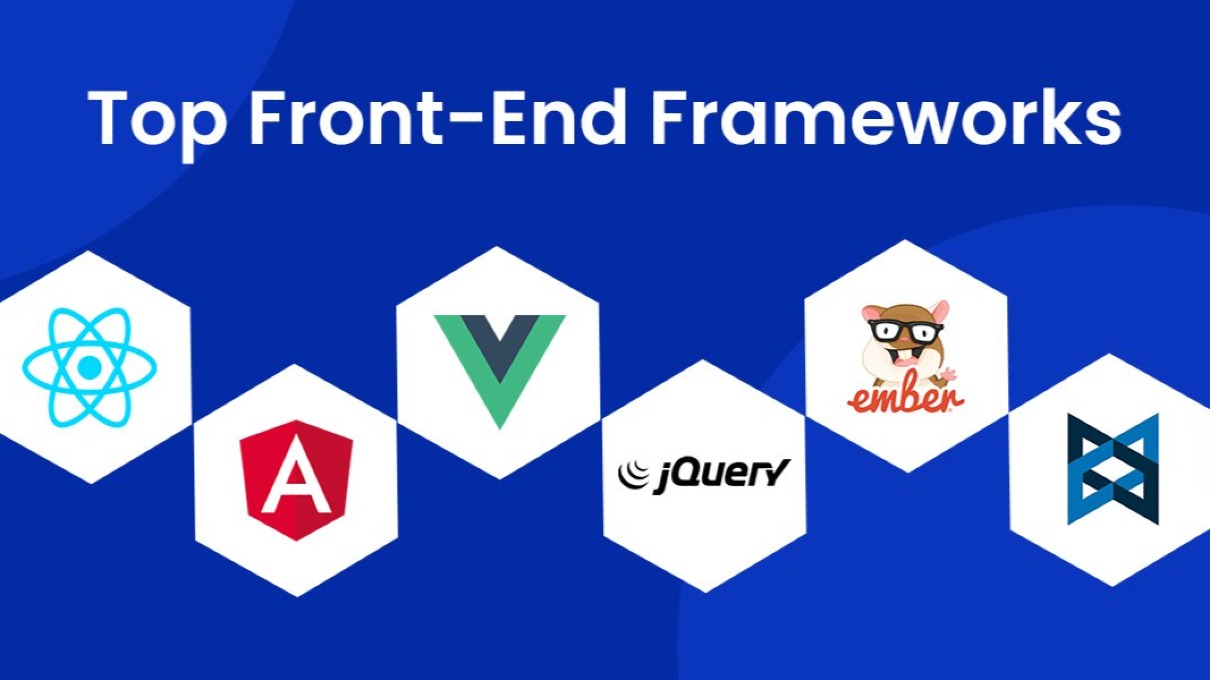In today’s fast-paced digital world, user experience is everything. Imagine a website that behaves like a native app: it loads in an instant, works flawlessly even when you're offline, and sends push notifications to keep you engaged. This is not a futuristic dream—this is the reality of Progressive Web Apps (PWAs). These innovative web applications are changing how we interact with the internet, offering a faster, smoother, and more reliable experience for users, while also providing businesses with powerful tools to engage and retain customers.
What Exactly is a Progressive Web App (PWA)?
At its core, a Progressive Web App (PWA) is a type of web application that combines the best aspects of traditional websites and native mobile applications. PWAs use cutting-edge web technologies like HTML, CSS, and JavaScript to build web applications that function seamlessly across various devices and screen sizes. However, what truly sets PWAs apart is their ability to provide a native-app-like experience directly through the web, without requiring users to download anything from an app store.
By utilizing browser APIs and technologies like service workers and web app manifests, PWAs offer an immersive and user-friendly experience that blurs the line between websites and mobile apps. Whether you're using a smartphone, tablet, or desktop, PWAs are designed to provide a consistent, engaging, and efficient experience no matter the device or network conditions.
Key Features of Progressive Web Apps
Progressive Web Apps are engineered to offer exceptional performance and reliability. Here’s a breakdown of their core features:
1. Progressive Enhancement
PWAs are progressively enhanced, meaning they are designed to work for everyone, regardless of their browser or device. Whether your users are on the latest tech or an older device, PWAs ensure an optimized experience for all.
2. Responsive Design
PWAs automatically adapt to any screen size, ensuring they look and feel just as great on mobile phones, tablets, and desktops. This consistency across devices is crucial in today’s multi-device world.
3. Offline and Low-Connectivity Support
One of the most impressive features of PWAs is their ability to function offline or on unreliable networks. Thanks to service workers, PWAs can store essential data locally, allowing users to continue interacting with the app even when there's no internet connection or the network is slow.
4. App-Like Feel
PWAs can be added to a user’s home screen, just like any other mobile app. Once installed, they launch in their own window without the need for a browser, providing users with an immersive, app-like experience.
5. Always Fresh
With PWAs, users always have access to the most up-to-date version of the app. This is thanks to service workers that handle background updates, ensuring the app never feels outdated or slow.
6. Secure by Default
PWAs are served over HTTPS, meaning that data sent between the app and the user is always encrypted. This ensures privacy and protects against attacks, making PWAs a safe option for users.
7. Discoverable
Since PWAs are built using standard web technologies, they are discoverable by search engines. This makes it easier for users to find your app through organic search results, unlike traditional native apps that require users to search through an app store.
8. Re-engagement via Push Notifications
PWAs have the ability to send push notifications, a key feature that allows businesses to re-engage users even when they are not actively using the app. These notifications can drive traffic, increase retention, and promote new content or features.
Why PWAs Are a Game Changer for Businesses
The benefits of PWAs are not just theoretical; they can have a real, measurable impact on business performance. Here are a few reasons why businesses should consider investing in PWAs:
1. Enhanced User Experience
PWAs provide faster load times and smoother navigation, which leads to a more enjoyable user experience. Users are more likely to stay engaged with a website or app that is quick, reliable, and easy to use.
2. Boosted Conversion Rates
With improved performance and a more reliable user experience, PWAs can help businesses see higher conversion rates. Customers are more likely to make a purchase or complete an action if the app or website functions seamlessly.
3. Reduced Bounce Rates
By providing users with fast, app-like experiences, PWAs can drastically reduce bounce rates. A smooth, uninterrupted experience keeps visitors engaged longer, decreasing the likelihood of them leaving your site.
4. SEO Advantages
PWAs can also boost SEO rankings by improving page speed and delivering a better overall user experience. Search engines, like Google, reward fast and reliable websites with higher visibility, making PWAs a smart choice for any business looking to improve its online presence.
5. Cost-Effective Development
Unlike traditional mobile apps, PWAs don’t require separate versions for iOS and Android. Developing and maintaining a single PWA can save businesses significant time and money in comparison to building separate native apps for each platform.
6. Wider Reach
PWAs can reach a broader audience because they work on any device with a modern browser. Whether your customers are using Android, iOS, or a desktop, they can access the PWA, increasing your app's accessibility.
Real-World Examples of Successful PWAs
Several big-name companies have already adopted PWAs to improve their users' experiences and streamline their operations. Here are a few examples:
-
Twitter Lite: Twitter’s lightweight version offers a fast, smooth experience even on slower mobile networks. It’s perfect for users in regions with limited connectivity, and it still includes all the essential features of the full app.
-
Uber: Uber’s PWA delivers a fast and reliable experience for booking rides, even when users are in areas with poor network connections. It ensures that users can hail a ride, track their location, and make payments without interruption.
-
Starbucks: Starbucks offers a PWA that allows users to place orders and pay ahead of time. This makes the process quicker, reducing wait times and enhancing the overall customer experience.
The Future of PWAs: Why Businesses Should Embrace Them
The digital landscape is rapidly evolving, and PWAs are becoming increasingly integral to the web experience. As web technologies continue to improve, PWAs are likely to become the go-to solution for businesses that want to deliver top-notch user experiences. With faster performance, easier updates, and lower development costs, businesses can stay ahead of the competition by embracing the power of PWAs.



